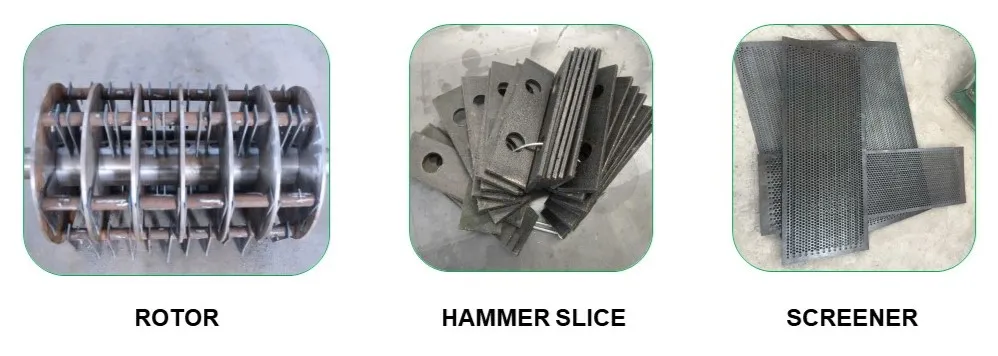Layered Poultry Housing Solutions for Optimal Chicken Welfare and Egg Production Efficiency
Jul . 27, 2024 01:24 Back to list
Layered Poultry Housing Solutions for Optimal Chicken Welfare and Egg Production Efficiency
Layers Chicken Cages Enhancing Poultry Farming Efficiency
In the realm of poultry farming, layers chicken cages have emerged as a pivotal innovation, revolutionizing the way egg production is approached. These specialized cages are designed to optimize living conditions for hens, thereby increasing productivity while ensuring the welfare of the birds. Understanding the features and benefits of layers chicken cages is essential for modern poultry farmers looking to maximize their operations.
Layers chicken cages are constructed to accommodate hens that are raised specifically for egg production. Typically, these cages are stacked in tiers, which allows for efficient use of space. This vertical arrangement not only conserves floor space but also facilitates easier management of the flock. Farmers can manage several hundred to thousands of hens in a relatively small area, making it a cost-effective option for large-scale poultry operations.
One of the primary advantages of using layers chicken cages is the improvement in hygiene and health standards. Cages are designed with features that promote cleanliness, such as sloped floors that allow droppings to fall away from the hens. This design minimizes the risk of disease transmission and maintains a healthier environment for the birds. Additionally, many modern cages include automated systems that manage feeding, watering, and egg collection, reducing human intervention and potential contamination.
layers chicken cages

The welfare of hens is a critical concern in poultry farming, and layers chicken cages have evolved to address these issues
. Contemporary cage designs often incorporate features that enhance the birds' comfort, such as more space per hen, perching areas, and nesting boxes. This shift towards more humane housing reflects the growing awareness of animal rights and the demand for ethically produced eggs. Farmers are increasingly adopting enriched cages that allow hens to exhibit natural behaviors while still benefiting from the efficiency of cage systems.Furthermore, layers chicken cages contribute to increased productivity. Hens in well-maintained cages tend to lay eggs more consistently and produce a higher quality product. The controlled environment minimizes stress and promotes optimal health, resulting in better egg production rates. According to various studies, hens housed in cages can produce up to 20% more eggs compared to traditional free-range systems, making cages a viable option for meeting global food demands.
Economically, layers chicken cages represent a lucrative investment for poultry farmers. While the initial setup cost can be substantial, the long-term savings in feed, labor, and veterinary expenses quickly offset these costs. Efficient feeding systems reduce waste and ensure that hens receive the necessary nutrition for optimal egg production. Additionally, with automated egg collection and feeding, labor requirements are significantly decreased, allowing farmers to allocate resources to other areas of their business.
In conclusion, layers chicken cages present a modern solution to the challenges faced in poultry farming. With their ability to enhance productivity, improve hygiene, and ensure the welfare of hens, these cages have become an integral component of successful egg production systems. As consumers continue to demand higher standards for animal welfare and sustainable farming practices, the evolution of layers chicken cages will undoubtedly play a crucial role in shaping the future of poultry farming. Embracing this technology not only benefits farmers but also contributes to a more sustainable and ethical approach to food production.
-
Hot Sale 24 & 18 Door Rabbit Cages - Premium Breeding Solutions
NewsJul.25,2025
-
Automatic Feeding Line System Pan Feeder Nipple Drinker - Anping County Yize Metal Products Co., Ltd.
NewsJul.21,2025
-
Automatic Feeding Line System Pan Feeder Nipple Drinker - Anping County Yize Metal Products Co., Ltd.
NewsJul.21,2025
-
Automatic Feeding Line System - Anping Yize | Precision & Nipple
NewsJul.21,2025
-
Automatic Feeding Line System - Anping Yize | Precision & Nipple
NewsJul.21,2025
-
Automatic Feeding Line System-Anping County Yize Metal Products Co., Ltd.|Efficient Feed Distribution&Customized Animal Farming Solutions
NewsJul.21,2025






